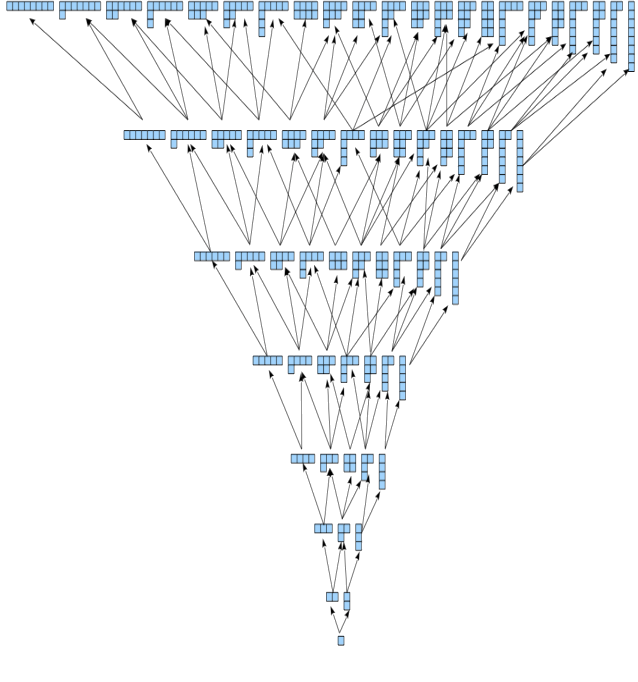Foundations of MathematicsClock theory
\(\textbf{Definition 1.1.}\;\) Define \(C_{12}\) to be hours on a clock. In fact we can define clocks of any number \(n\) of hours which we denote \(C_n\). The canonical notation for elements in \(C_n\) is given as follows
$$ \begin{align} C_n := \{[0:00],[1:00],...,[(n-1):00]\}\end{align}. $$
We can also add two binary operators to make a clock a ring. These are given by
$$ \begin{align} + : C_n \times C_n &\rightarrow C_n \\ ([a:00], [b:00]) &\mapsto \text{\(b\) hours after \(a\) o'clock}
\\\\
\times : C_n \times C_n &\rightarrow C_n \\ ([a:00], [b:00]) &\mapsto \text{\(a \times b\) hours after midnight} \end{align} $$
\(\textbf{Exercise 1.2.}\;\) Show that \(C_n\) with these operators is actually a ring. \(\textbf{Definition 1.3.}\;\) The \(\textit{eternal clock}\) \(C\) is defined to be the clock with countably many hours as well as a notion of negative hours. We can give the eternal clock a ring structure as well by giving it the same \(+\) and \(\times\) operators defined above. i.e. we have \[ C := \{ [a:00] \;|\; a \in \mathbb{Z}. \} \] \(\textbf{Theorem 1.4.}\;\) Every finitely generated abelian group can be expressed as the direct product of finitely many clocks and eternal clocks. \(\textbf{Theorem 1.5.}\;\) The field extension \( \mathbb{Q}(\zeta_n) / \mathbb{Q} \) where \(\zeta_n\) is a primitive \(n\)th root of unity with \(n\) an odd prime has Galois group given by a clock. 
Tennis court theoryTennis court theory is concerned with finding the mysterious \(\textit{tennis court homomorphism}\) to help prove the solvability of the symmetric group \(S_4\) and the existence of a formula with radicals for the quartic polynomial. Finding this tennis court homomorphism gives us the following abliean series of \(S_4\) \[ S_4 \unrhd A_4 \unrhd T \unrhd \{1\}, \] where \(T\) is the kernel of the tennis court homomorphism and hence is a normal subgroup. 
Representation theory of finite groupsAwesome but not as cool as Rubik's cubes. 
|